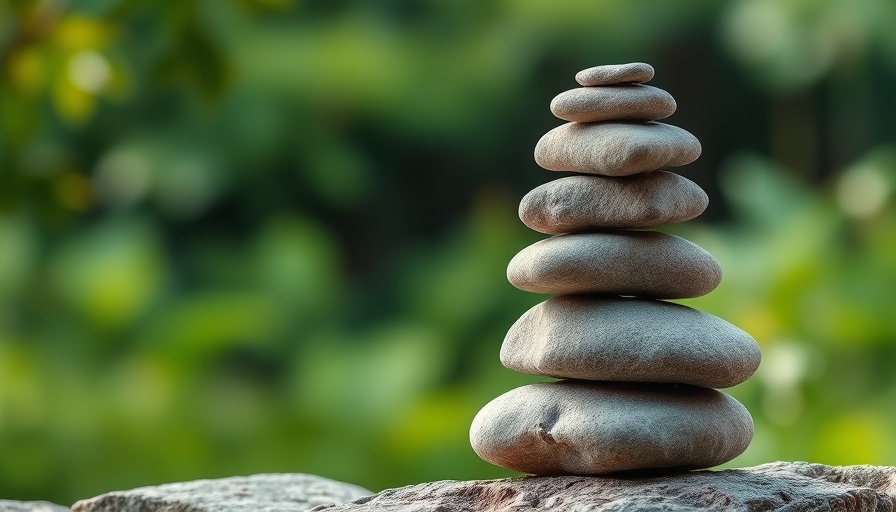
Breaking Down the Barriers to Self-Trust
In a world filled with external validation and expert opinions, many individuals find themselves entrapped in a cycle of self-doubt. For people involved in sports, hiking, or outdoor wellness, trusting oneself can feel like a monumental challenge. The journey toward self-trust is not only about believing in one’s abilities but also about the choices we make along the way. This exploration delves into the importance of self-trust, how to build it through practical actions, and its profound impact on personal and athletic performance.
The Importance of Small Steps
The process of learning to trust oneself is akin to building a foundation brick by brick. A simple commitment—like taking a 10-minute walk every day—can create a powerful ripple effect. Each tiny decision bolsters the belief that we can count on ourselves, especially in the demanding realms of sports and hiking where confidence can translate directly into performance. This practice fosters a mindset that values action over inaction, encouraging individuals to redefine their capabilities.
Consistency vs. Perfection: The True Path to Confidence
It’s vital to differentiate between consistency and perfection. In high-pressure environments like competitive sports, the temptation to strive for perfection can lead to burnout. Instead, focusing on maintaining a consistent effort—whether through daily training, nutritional discipline, or mental preparedness—can foster genuine confidence. For instance, setting a manageable target of daily exercise, rather than striving for a perfect performance every time, exemplifies this principle in action.
Building Momentum Through Micro-Wins
Micro-wins are small, easily achievable goals that contribute to a larger confidence narrative. Consider a hiker who sets out to finesse their endurance. By celebrating each small achievement—be it a mile walked, a new trail conquered, or a fitness milestone met—the individual learns to appreciate their growth. This builds a robust sense of self-efficacy, essential for tackling bigger challenges, whether on the trails or in competitive settings.
Overcoming the Mind's Noise
Life is filled with distractions, opinions, and expectations that can drown out our inner voice. Engaging in mindfulness practices, such as meditation or quiet reflection, can help clear the mental clutter. For athletes, this quiet time can lead to significant breakthroughs in performance. It allows them to reconnect with what they genuinely want from their athletic journey and empowers them to make choices aligned with their true selves.
Reinforcing Self-Trust in Team Environments
Trust is a crucial element in team sports and group hiking experiences. When team members cultivate self-trust, it reinforces a culture of trust within the entire group. Encouraging individuals to share their personal goals, celebrate their achievements, and support each other in pursuit can create an environment where everyone feels empowered. Each member not only excels personally but also contributes to the team’s overall cohesion and success.
The Power of Self-Affirmation and Kindness
Speaking kindly to oneself is an often-overlooked aspect of building self-trust. Oppressive self-talk can undermine even the most skilled athletes. Positive affirmations can help shift the narrative towards empowerment and self-acceptance. When individuals embrace their strengths and manage their weaknesses with kindness, they unlock potential that was previously stifled by self-doubt.
Conclusion: The Path to Being Your Biggest Supporter
As you embark on the path toward self-trust, remember that you are not alone. The journey involves small, consistent steps and a commitment to showing up for yourself. Trusting oneself is not an instantaneous victory but a gradual realization that fosters resilience, confidence, and ultimately, success in sports, outdoor pursuits, and personal growth. Start today with the small promises—each step you take is a message to yourself: 'I’ve got you.'
Take control of your wellness journey; actively seek out the small wins that lead to substantial changes. Your path to self-trust and improved performance starts with you.
 Add Row
Add Row  Add
Add 




Write A Comment